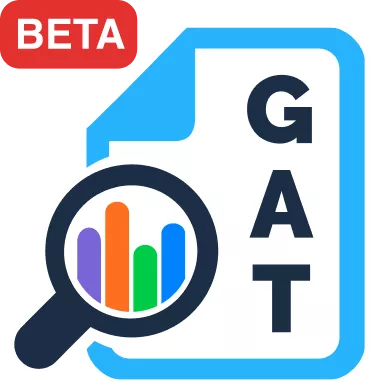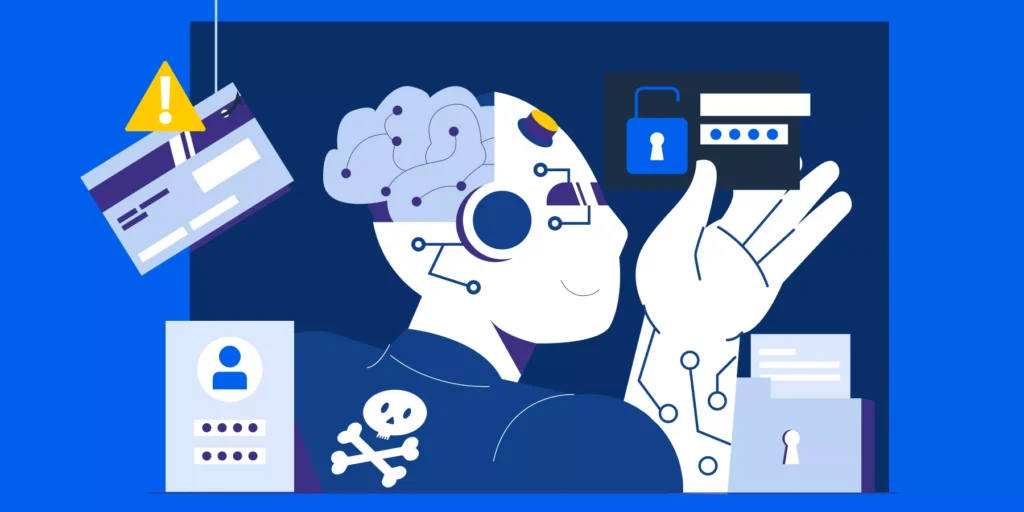Ever wished you could add an extra layer of detail to your Google Workspace user data? That’s where custom user attributes come in.
These hidden gems allow you to define and assign specific characteristics to your users, unlocking a world of powerful functionalities for Google Admins.
What are Custom User Attributes?
Custom user attributes are additional data points you can attach to individual user profiles within Google Workspace. Think of them as custom labels that provide more context about your users. You can define attributes based on anything relevant to your organisation, such as:
- ▪️ Department (e.g., Sales, Marketing, Engineering)
- ▪️ Location (e.g., Headquarters, Remote)
- ▪️ Project Team Membership
- ▪️ Job Title
- ▪️ Special Skills
By adding these attributes, you gain a richer understanding of your user base, enabling more informed management decisions.
How Can Google Admins Use Custom User Attributes?
Custom user attributes empower Google Admins in several ways:
- Enhanced User Management: By adding specific attributes, admins can organise and manage users more effectively. For instance, attributes like department or location can help in segmenting users for more targeted administration and reporting.
- Streamlined Processes: Custom attributes can automate and streamline processes such as onboarding, offboarding, and role changes. With relevant data at hand, these processes can be executed with greater accuracy and efficiency.
- Improved Reporting and Auditing: These attributes facilitate more detailed and customised reporting, allowing admins to generate reports based on specific criteria. This is particularly useful for compliance and audit purposes.
- Personalised User Experience: Tailoring user profiles with custom attributes can enhance the user experience by providing personalised access to resources and tools.
- Custom Email Signatures: Custom attributes can be used to standardise email signatures across the organisation. This ensures consistency and professionalism in external communications. By leveraging custom attributes, Google Admins can automate the inclusion of specific information, such as job titles, departments, and contact details, in email signatures.
Best Practices for Custom User Attributes
To effectively harness the power of custom user attributes, consider these best practices:
- ✔️Align attributes with business goals: Ensure custom attributes directly support your organization’s objectives. For example, if improving customer service is a priority, attributes like “customer satisfaction rating” or “customer segment” could be valuable.
- ✔️ Data quality is paramount: Maintain data accuracy and consistency through regular audits, data cleansing, and validation processes. Inaccurate data can lead to incorrect decisions and reports.
- ✔️ Balance detail and simplicity: While adding rich information is beneficial, avoids overwhelming users or creating excessive data management overhead.
- ✔️ Leverage automation: Automate attribute population and updates whenever possible to reduce manual effort and errors
- ✔️ Consider data retention: Determine appropriate retention policies for custom attributes to balance data availability and storage requirements.
Troubleshooting Tips
Addressing common challenges can streamline your implementation of custom user attributes:
- ▪️ Data inconsistencies: Implement data validation rules and error-handling mechanisms to prevent inconsistencies. Consider using data quality tools to identify and correct issues.
- ▪️ Performance impact: Optimize attribute usage and indexing to minimize performance bottlenecks. Avoid excessive attribute calculations or lookups.
- ▪️ User adoption: Provide clear communication and training to ensure users understand the benefits of custom attributes and how to provide accurate information.
- ▪️ Attribute management: Regularly review and update attributes to maintain relevance and avoid redundancy. Consider using a centralized attribute management process.
- ▪️ Integration challenges: Thoroughly test integrations with other systems to ensure data consistency and accuracy. Develop contingency plans for data discrepancies.
By following these enhanced guidelines, you can maximize the benefits of custom user attributes while minimising potential challenges.
How Can GAT Labs Help You Master Custom User Attributes?
GAT Labs offers a suite of tools designed to optimise the management of custom user attributes within Google Workspace. Here’s how our products can assist:
✅ GAT Flow simplifies the process of setting, updating, and managing custom user attributes. With automated workflows, admins can ensure that attributes are consistently applied and updated across the organisation. This reduces the manual effort and potential for errors.
To learn more, visit our Knowledge Base posts:
- ▪️ Setting User’s Custom Attributes with GAT Flow
- ▪️ Update the User’s Custom Attributes with GAT Flow
- ▪️ Manage Custom Attributes
- ▪️ Modify Email Signatures in Bulk
✅ GAT+ provides powerful auditing capabilities, enabling admins to track and report on custom user attributes. This ensures that all changes are transparent and that data integrity is maintained across the organisation.
To learn more, visit our Knowledge Base posts:
✅ Comprehensive Insights: GAT Labs’ tools offer rich data analytics and reporting, giving admins the insights needed to make informed decisions and respond to data breach threats promptly.
Step-by-Step Guide: Adding Custom Attributes to Email Signatures with GAT Flow
One use case for the users’ custom attributes might be in setting the user’s signature. If you want to add specific information to the users’ signature, for example, their location, you can add it to the signature if that data has been entered in the Users section of GAT Flow.
Step 1:
Create a workflow, and set the type to “Modify”. Click Next to continue.
Step 2:
On the Search for User screen, select the users you want the workflow to run on, and click Proceed to Actions.
Step 3:
On the Choose Actions screen, for this example, we will choose to Add an action by using the (+) button on the left.

Step 4:
Navigate to Set email signature.
Step 5:
Here you can select custom attributes you have previously created in the user’s signature. Click on the attribute in the top pane and it will appear in the bottom pane.
Step 6:
When you are finished editing the signature, click Send Approval request to finish.

🚀 For a detailed guide, refer to our Tech Tip on Setting Users Custom Attributes with GAT Flow.
Features of GAT Labs for Email Signature Creation
For admins interested in the email signatures feature, here are some key features that GAT Labs offers for email signature creation:
- ✔️ Bulk Email Signature Modification:
GAT Flow allows admins to create or update email signatures for multiple users simultaneously, saving time and ensuring consistency across the organisation.
- ✔️ Custom Attribute Integration:
Incorporate custom user attributes (e.g., job title, department, location) into email signatures to personalise them automatically. This ensures that each user’s signature includes relevant and up-to-date information.
- ✔️ Automated Workflows:
Set up automated workflows to apply email signature changes based on specific triggers, such as onboarding new employees or changing user roles. This helps maintain consistent and professional communication.
- ✔️ Centralised Management:
Manage all email signatures from a single interface, ensuring that updates are applied uniformly and reducing the risk of outdated or incorrect information being used.
- ✔️ Conditional Workflows:
Implement conditional workflows to apply different email signatures based on user attributes or organisational units. For example, apply different signatures for employees in different regions or departments.
- ✔️ Approval Processes:
Ensure that changes to email signatures are reviewed and approved before being implemented. This adds an extra layer of oversight and quality control.
- ✔️ Template Creation:
Create and manage signature templates that can be easily applied to users. Templates ensure a uniform look and feel for all email communications.
Conclusion
Custom user attributes are a vital tool for Google Workspace administrators, providing the flexibility to tailor user profiles to meet the specific needs of their organisation. GAT Labs’ suite of tools, helps admins to effectively manage, audit, and leverage these attributes, enhancing the overall efficiency and security of their Google Workspace environment.
By integrating custom user attributes into their management practices, Google Admins can achieve a higher level of organisation, compliance, and user satisfaction.
For more insights and detailed guides, visit our Tech Tips section.
Insights That Matter. In Your Inbox.
Join our newsletter for practical tips on managing, securing, and getting the most out of Google Workspace, designed with Admins and IT teams in mind.







